Ladies and gentlemen, it’s National Wine Day in th
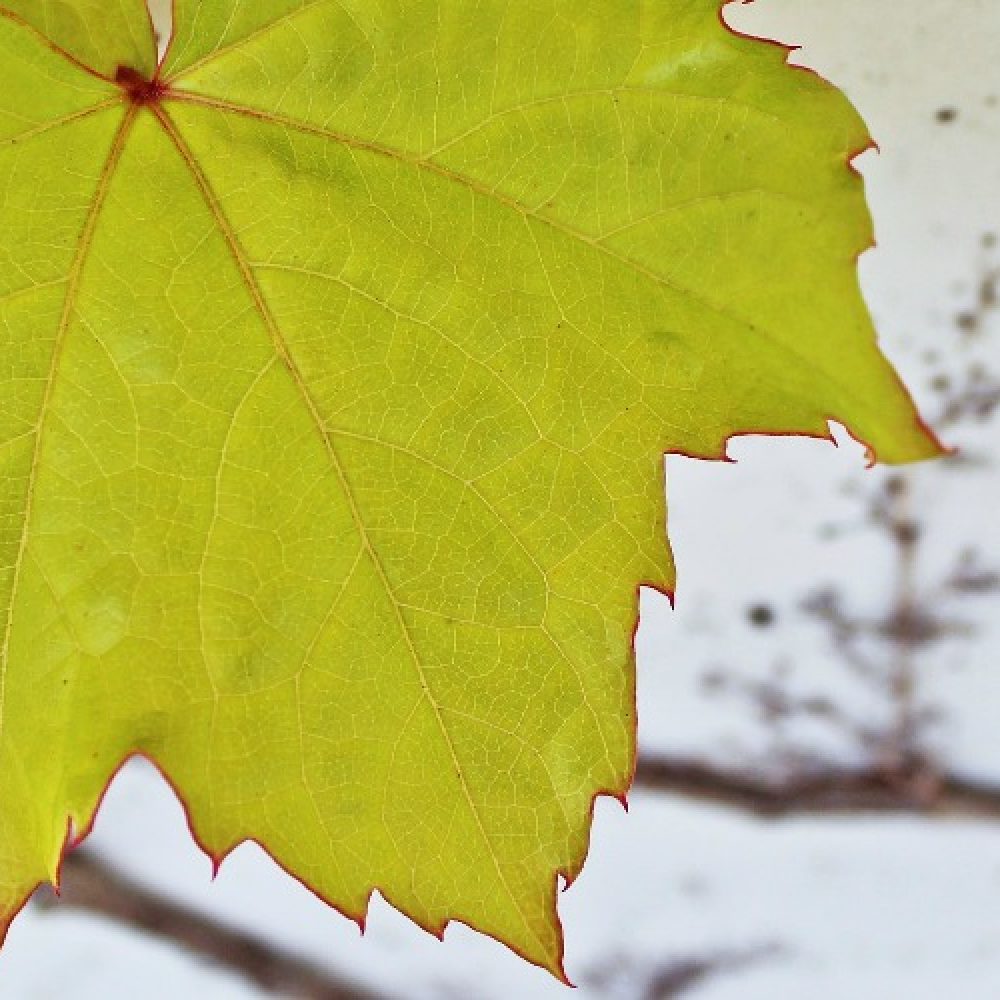
It’s National Wine Day in the USA!
Ladies and gentlemen, it’s National Wine Day in the USA. However, we can all be sympathetic, no matter where we are at the moment, right? *** sympathy mode on > grabbing a glass of wine *** I did some research about its origin, but unfortunately I wasn’t able to get any real result. Pity… Well, let’s get back to the birthday-boy here now, shall we? What is wine? You can click here to see one of the first articles here in the blog. Personally, I take the traditional concept of wine, which is an alcoholic drink made by fermenting grapes, where the yeast turns sugars (from the grape juice, the grape must) into ethanol. But don’t take it for granted … Memories: “Molecular Wine” I’ve read something quite peculiar a couple of years ago, about a sort of lab-wine from Ava Winery (San Francisco, USA – now Endless West?) and their claim got my attention “We can turn water into wine in 15 minutes.” The company, founded by Mardonn Chua and Alec Lee, has tried to replicate Moscato d’Asti and the Don Pérignon Champagne from scratch, by mixing different amino acids, acids, sugars, volatile organics (responsible for the aromas) and ethanol, to name a few. Meaning: no grapes are used in the process! Why would they do that? This is Ava’s reason why: In 2015 we found ourselves face to face with a $10,000+ bottle of wine that permanently changed the wine industry and legitimized wines from the new world. That bottle was a 1973 Chateau Montelena, and it was hopelessly out of our reach. But what if we could recreate it, molecule by molecule? Certainly it should taste the same. And while the replica might not bring as much pleasure to our egos as drinking a $10,000 bottle of wine, it should bring pleasure to our palates. We started Ava with the goal of making the great vintages accessible to all. While the Mona Lisa is one of a kind, its replicas would not exist if they did not bring some enjoyment to their owners. In many ways, widespread distribution of the replicas helps reinforce our appreciation for the originals. Ava’s mission is to recreate the experience without having to recreate the process. It looks like the company’s concept has worked out, in the end. Endless West now has one type of wine for sale: Gemello. According to the company: Gemello, which means “twin” in Italian, is the world’s first molecular wine. Created without grapes, it contains zero pesticides or sulfites, and requires 95% less water, 80% less land, and 40% fewer carbon emissions to produce compared to conventional winemaking. Unapologetically indulgent, Gemello is leicht effervescent with notes of orange blossom and mango, and hints of peach and lychee. 750 mL | Neutral Spirits with Carbonation, Natural Flavors, Caramel Color and Beta Carotene for Color. 6% alc. by vol. Fancy Science Fair project? Or a valid alternative to wine? You name it! However, they would have a hard time selling it in Europe under the name “wine”, as the European laws consider wine “the product obtained exclusively from the total or partial alcoholic fermentation of fresh grapes, whether or not crushed, or of grape must”. Memories: 2 + 2 = 4 and 2 * 2 = 4 Further reading has drawn my attention to another company that is into replicating wine – but it seems like they’re doing it with real grapes. Guess the name of the company??? Replica Wine! They basically urge people not to spend a fortune just to buy a fancy bottle of wine, as you can buy their replica for a smaller price – carefully reproduced by their well-experienced staff: Our chief wine officer, Brett Zimmerman, is one of fewer than 200 master sommelier active in the world today. Brett approves every single wine before it ever finds its way into a bottle. Back then I wondered why a Master Sommelier would join the wine-replication business… The BIMW way of celebrating it tonight… Even though it would be nice to taste the “wine” and the wines mentioned above, I’ll stick to a good glass of sparkling Verdicchio tonight – Ale! Warm weather is finally here – and that screams for aperitivo! What kind of wine will you drink today?
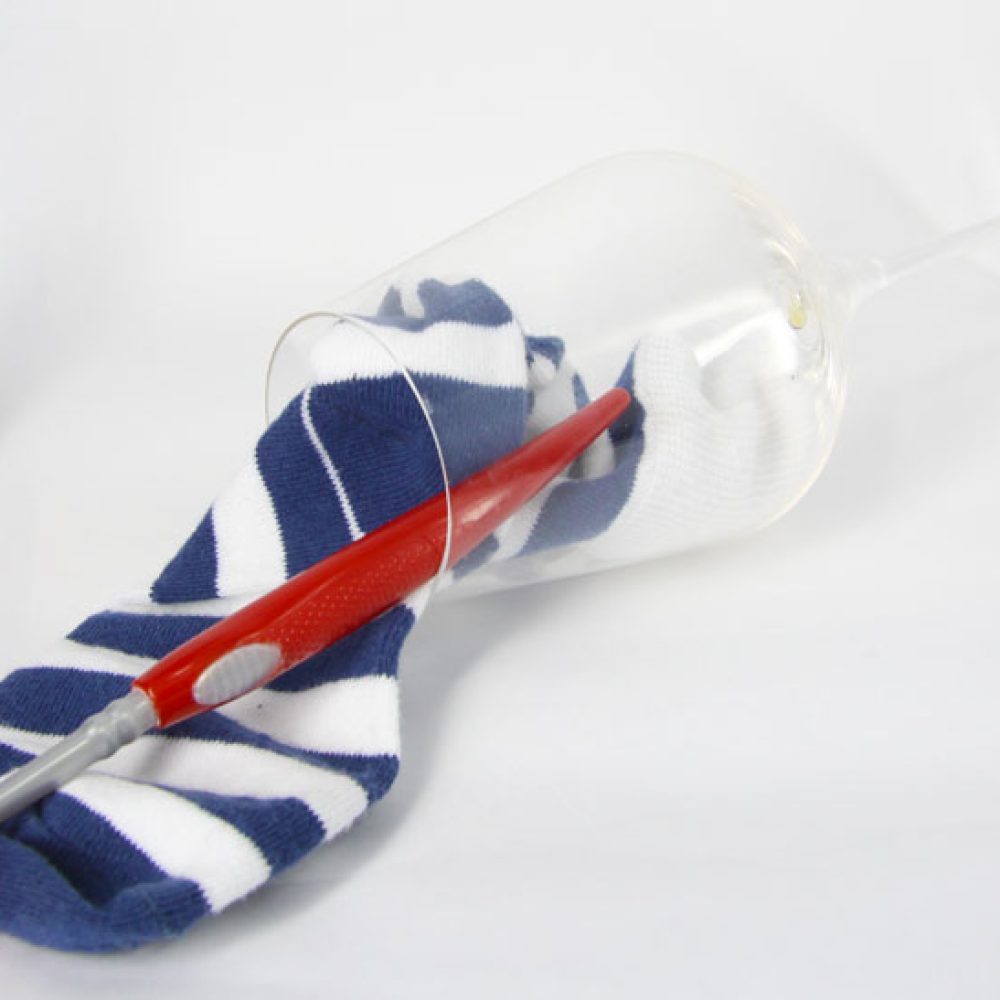
Earthy wine with hints of gym socks
Eeewwwwww!!! If this is an earthy wine with hints of gym socks…is that even drinkable? If it smells like gym socks, I’m not gonna drink THAT!? Gimme some orange juice instead, please! Studies show that customers do not understand the “wine lingo” used by professionals. This is a delicate issue, because you can’t describe certain sensations without using the suitable tasting descriptors. However, some people tend to push it sometimes! And that scares people away, because they might think “Oh this is too fancy for me! I’ll grab a beer instead”. Often times the information you find on the back label does not help to understand what the wine is like – well, sometimes it doesn’t mean a thing! Few people tend to pick a bottle upon reading that description. Do you drink wines that have aged in American oak too? Or only those that age in French oak? Only oak from Alliers, you say? Tronçais oak isn’t your cup of tea? Aaaawwwww… Different kinds of oak have a different impact. But who can say that? Regular customers? I don’t think so! What about the wine stopper? Are you ok with screw caps or do you prefer cork? What about the percentage of grapes in the blend? Is 51% Cabernet Sauvignon and 49% Merlot better than 70% Cabernet Sauvignon and 30% Merlot? Do the time and date of the harvest influence your choice when picking a wine up? Most customers couldn’t care less about these things. They only make sense if you know what they mean and what impact they might have. A wine isn’t better than another because it offers more peach or cherry or goudron on the nose. The tasting descriptors are fine if you take them as a description, but it does not determine the true value or quality of that product. Wine is so much more than that…! It’s history, it’s the picture of a territory, it’s culture… In order to satisfy everybody’s needs, you can find all kinds of information here in Banana In My Wine. The tastings shall be done and described by two people: one who can use some more technical descriptors and understands the wine lingo and another one who drinks for pleasure and is a regular customer. But we wouldn’t describe it as an earthy wine with hints of gym socks – we’ll use wine descriptors sensibly. What do you look for when you shop for wine?
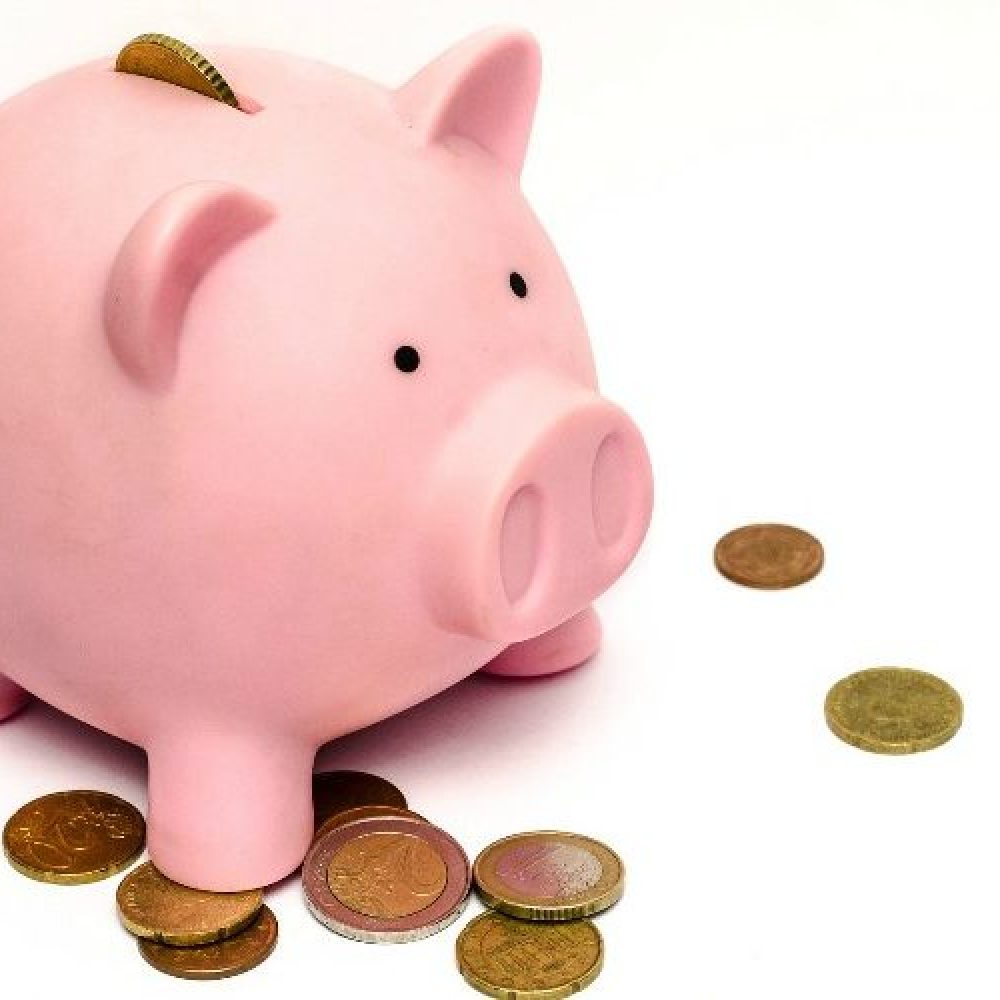
5 tips on how to save money when buying wine
Would you like to know how to save money when buying wine? It might come in really handy right now – especially during this Coronavirus / lockdown period. Even the people who have luckily kept their jobs are not willing to splurge a lot of money. There’s way too much uncertainty… But still, you would like to enjoy a nice meal with a good wine, right? How to save money when buying wine Choose your wine by the country of origin. Sometimes you can find convenient alternatives when buying vino from large wine producers, such as Italy or Spain, for instance. One of the nifty things about Italian wines is that you don’t have to break your piggy bank to drink something interesting. You can even find good ones under 10-15 Euros! Get off the beaten track. If you feel adventurous, you can try wines from areas that are less famous than others. Take Italy, for example: you may find a good wine in Marche, with an appealing price, without spending as much as you would on a Tuscan. Buy your wine directly from wineries. This is my favourite tip! Saving money also depends on where you shop for your wine. If I have the chance, I prefer buying wine at the wineries. It’s always nice to exchange some words with the winemaker, to get to know their story and history, their philosophy! They’re often very pleased and willing to chat here. Well, I’m talking about small wineries, not mass-production ones. Furthermore, the prices are much more convenient, compared to wine shops. Your wallet will thank you if you pay a visit to your local vintner. Not to mention that some wineries are beautiful, encrusted in luscious nature. Wine comes in all shapes and sizes. Mind you I said I have said that you can save money when buying “wine”, not “bottles of wine”. If you buy bulk wine, directly from vintners, the price drops. Bring a wine demijohn and you will enough wine for a great party without spending a fortune! Wine bottles, the classic glass vessels, are not cheap. That adds up to the final price of the wine. Speaking of which… Choose Bag-in-Box. Now don’t think that you can only get cheap vinegar in this peculiar packaging. As a matter of fact, it’s a very cozy home for your wine and it’s easy to recycle! Together with that, the bag-in-box does not allow the wine to get in contact with air. As a result, the wine lasts longer – you don’t have to drink it all in one or two days. Do you ever buy your wine directly from wineries?
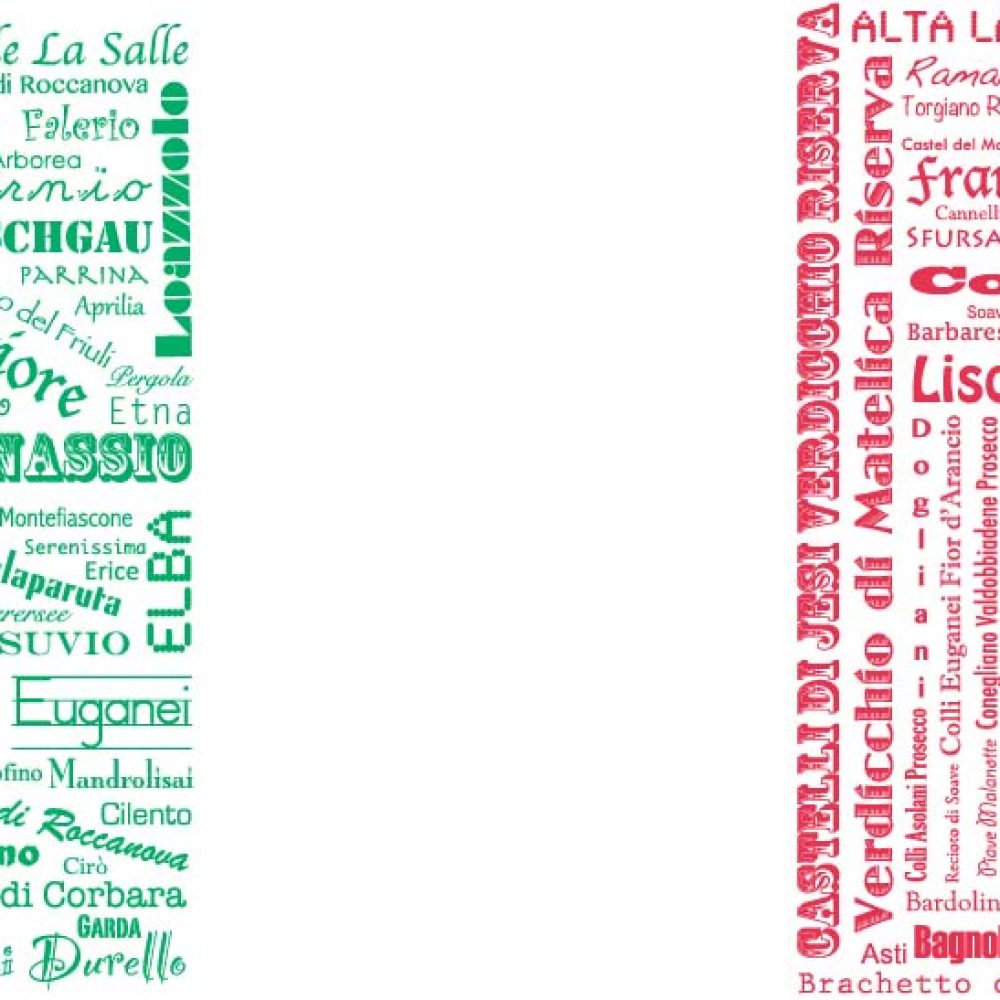
Italian Wine Classification
Many people get intimidated by the Italian wine classification – and that gets worse when they don’t speak the language. But fear not! By the way, what’s your mood like today? Do you remember those nice books with multiple endings when you were a kid? I’ve had a lot of fun with those! So… If your brain lusts for knowledge, you can read the whole timeline. If you want to go straight to the point, read only the “2011 and beyond” section. To make the story short… 1861 – 1930: Vini Senza Indicazione In 1861, Italy was born as a country, and back then, there was no special “Italian designation”. 1930 – 1963: Vini Senza Indicazione + Vini Tipici In 1930, the scenario started to change and the Minister of Agriculture set 3 levels of classification for the Italian wines, known as Vini Tipici: Special Wines (= Vini Speciali) Superior Wines (= Vini Superiori) Fine Wines (= Vini Fini) 1963 – 1992: Vini Senza Indicazione + D.O.S. + D.O.C. + D.O.C.G. In 1963, the D.P.R. (= Presidential Decree) n. 930 regarding the Denominazioni di Origine dei Vini (= Wine Designation of Origin) was issued – a big step for Italian wines! As a result, the new classification system became: Vini a Denominazione di Origine Semplice (= D.O.S. = Simple Designation of Origin) Vini a Denominazione di Origine Controllata (= D.O.C. = Controlled Designation of Origin) Vini a Denominazione di Origine Controllata e Garantita (= D.O.C.G. = Controlled and Guaranteed Designation of Origin) Therefore, thanks to this law, the first wines classified as D.O.C. (= Denominazione di Origine Controllata = Controlled Designation of Origin) came out in 1966. The very first Italian wine to be awarded the D.O.C. status was the Vernaccia di San Gimignano (Tuscan white wine made from the namesake grape, upgraded to D.O.C.G. = Denominazione di Origine Controllata e Garantita = Controlled and Guaranteed Designation of Origin in 1993). 1992 – 2009: V.D.T. + I.G.T. + D.O.C. + D.O.C.G. As a matter of fact, it worked really well for many years. However, as time went by, it just wasn’t enough and it no longer satisfied the market’s needs. In 1992, the Law n. 164 introduced the idea of sottozone (= sub-areas, meaning specific areas inside a Wine Designation of Origin) and the I.G.T. designation (= Indicazione Geografica Tipica = Indication of Geographical Tipicity), among other things. One could then find 4 designations for Italian wines: Vini da Tavola (= V.D.T. = Table Wines) Indicazione Geografica Tipica (= I.G.T. = Indication of Geographical Tipicity) Denominazione di Origine Controllata (= D.O.C. = Controlled Designation of Origin) Denominazione di Origine Controllata e Garantita (= D.O.C.G. = Controlled and Guaranteed Designation of Origin) 2009 – 2011: QWPSR + Table Wine The European Union (EU) is responsible for ~70% of the global wine production and ~60% of the global wine consumption. In 2008, the EU regulations regarding wine issues started to change and in order to simplify things, 2 main categories were created in 2009: Quality Wine Produced in a Specified Region (= QWPSR) Table Wine and Table Wine with a Geographical Indication So QWPSR in Italy was equivalent to D.O.C. and D.O.C.G. put together. The Table Wine group displayed only the country of origin, whereas the Table Wine with a Geographical Indication also allowed to display the region of origin and in Italy the I.G.T. wines fell under this category. However, some prejudice revolved around the word table, because it evoked the idea of a low quality wine – in Europe. On the other hand, in America, table wine referred to “wine with an alcohol content below 14% ABV”. 2011 and beyond: PDO + PGI Now to the recent Italian wine classification. From 2011, the two groups above have been replaced with: Denominazione di Origine Protetta (= Protected Designation of Origin = PDO) Indicazione Geografica Protetta (= Protected Geographical Indication = PGI) The EU defines PDO as products that are “produced, processed and prepared in a given geographical area, using recognized know-how”. In Italy, this group includes D.O.C. (Denominazione di Origine Controllata) and D.O.C.G. (Denominazione di Origine Controllata e Garantita). The PGI refers to the geographical area in which it is produced, processed, or prepared and it is equivalent to the former I.G.T. (Indicazione Geografica Tipica). Its production regulations are less severe than those applied to the PDO wines, but it does not mean that PGI wines are bad. Mind you, though, that the designations I.G.T., D.O.C. and D.O.C.G. are still used in Italy; they have not vanished! Overall, you shouldn’t think that a D.O.C.G. is better than a D.O.C. or an I.G.T. It’s a vintner’s choice to classify their wines one way or another (given the fact that they’re of course compliant with all the rules imposed on each category). TO D.O.C. OR NOT TO D.O.C: Basically, the difference between I.G.T., D.O.C., and D.O.C.G. in the Italian wine classification lies on how strict the rules (stated in Ministerial Decrees) are in order to fall into those categories. That is to say: D.O.C.G.: a small elite group of wines, produced in a small territory, its grapes and wines must be produced in a small area of origin, strict chemical and physical analysis are performed by the Authority, it gets judged by tasting panels and usually, before becoming a D.O.C.G., the wine keeps the D.O.C. denomination for at least 10 years; D.O.C.: the rules here aren’t quite as strict as D.O.C.G.’s, less chemical and physical analysis are performed (compared to the previous category); it gets judged by one tasting panel, grapes and wines are produced in small/medium areas of origin and usually, before becoming a D.O.C., the wine keeps the I.G.T. denomination for at least 5 years; I.G.T.: grapes and wines produced in vast areas of origin and it’s possible to mention the grape variety on the label. Italian Wine categories: At the present time, you can find the following designations in Italy: 118 types of I.G.T. (PGI) 332 types of D.O.C. (PDO) 74 types of D.O.C.G. (PDO) After all, I guess the story about the Italian wine classification wasn’t so short after all, was it?! Do not feel discouraged by all these names, because they’ll come to you with time. Why should I know these things, you say? Because each designation has got certain characteristics. For example: if you talk about “Barolo D.O.C.G.”, you know that this wine is made from Nebbiolo grapes; whereas if you talk about “Falerio D.O.C.”, you know that the wine in your glass is made from Trebbiano Toscano, Passerina and Pecorino grapes – AND eventually a 4th grape variety, in some cases. In either case, are you particularly keen on any I.G.T., D.O.C. or D.O.C.G. wine?
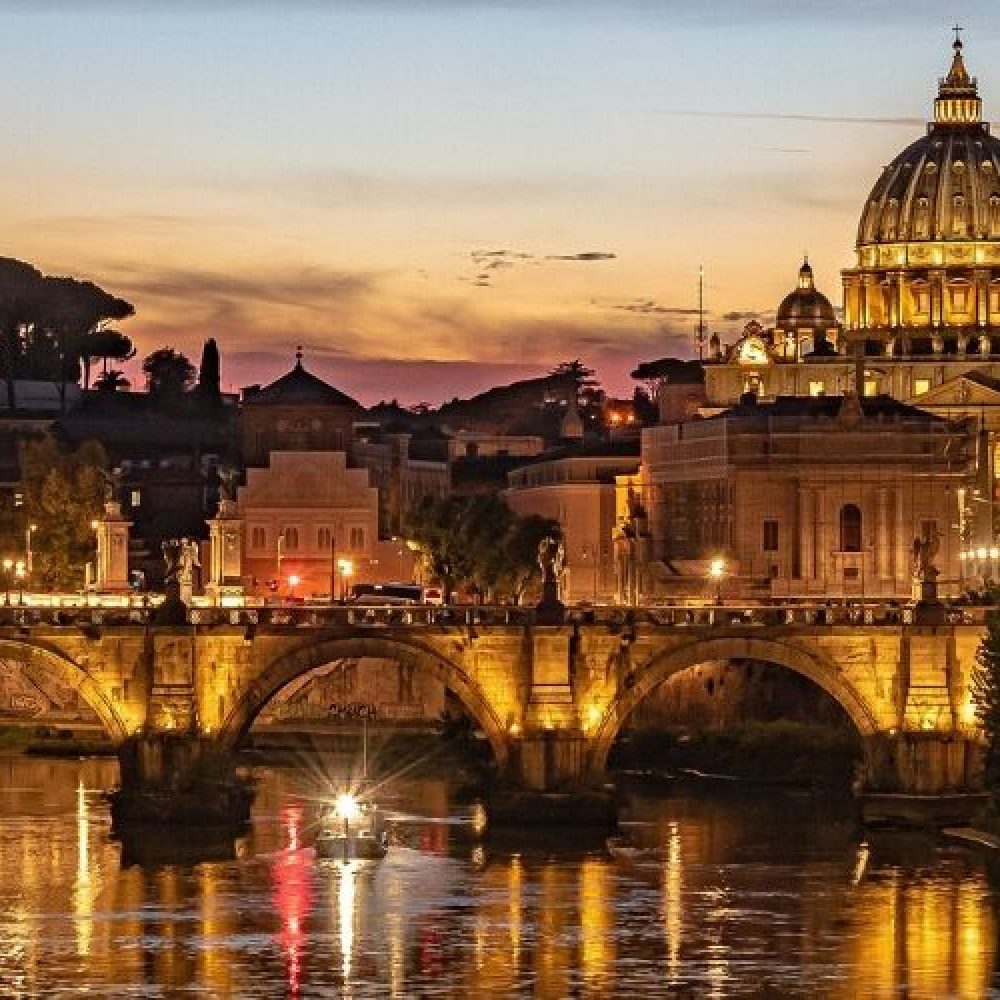
Wine Destination: Italy. Jump on this train with me!
Today’s wine destination couldn’t by any different: Italy. It’s a real must! Like I said in ABOUT, meeting vintners and visiting wineries is very important (not to say fun!). It allows us to broaden our knowledge about wines. In that case, that’s what we’re going to do! Why Wine Destination: Italy? Because: Italian wines are good! as a matter of fact, this is where I’m at, at the moment; Italian wines have got a looooong tradition; Italian wines are produced all over the country – and there are so many varieties and interesting indigenous grapes! there’s a lot to discover in this country – there’s so much more besides Piemonte and Toscana! Because… Italian wines are loved all around the world. Moreover, during this journey, we’re going to discover Italian wineries and Italian food. As a matter of fact, I guess that’s reason enough to jump on this train with me! Facts and Figures: Italy Area: 302,073 sq km; Population: 60.6 million; Population density: 201 per sq km; Official language: Italian (some people can also speak German in Alto-Adige, and French in Vale d’Aosta, though) ; Currency: Euro (€); Capital city: Rome (founded in 753 BC); Italy surrounds 2 small countries: San Marino (world’s oldest Republic) and Vatican City (world’s smallest country); You can reach Italy by: plane, train, ship, bus, car, motorbike or bike; Number of airports: 39 (main airports are: Roma Fiumicino, Milano Malpensa and Venezia); Italy boasts 65% of all works of art and monuments of artistic value in the whole world; It is also known as “Bel Paese”, which means “Beautiful Country” in Italian; Italy is divided into 20 regions: Abruzzo Basilicata Calabria Campania Emilia-Romagna Friuli Venezia Giulia Lazio Liguria Lombardia Marche Molise Piemonte Puglia Sardegna Sicilia Toscana Trentino-Alto Adige Umbria Vale d’Aosta Veneto Have you ever been to Italy?
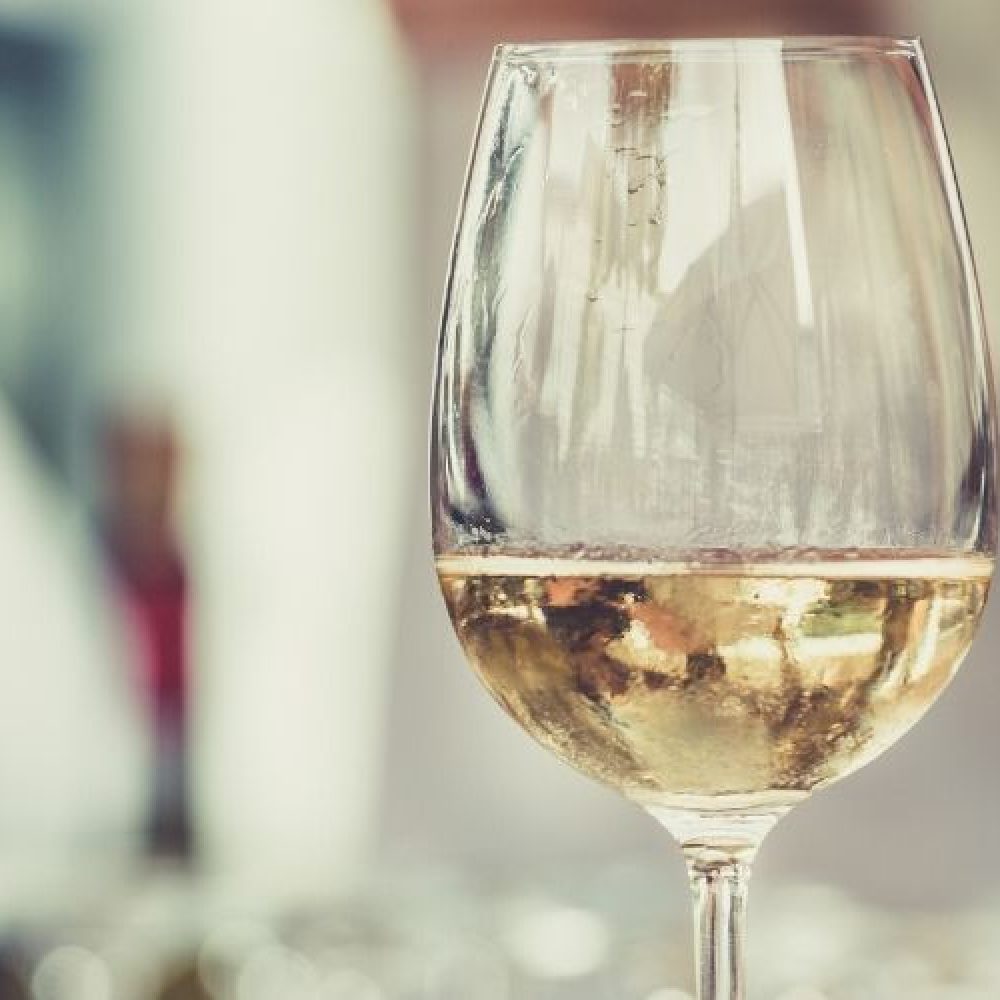
What is wine?
Easy question, huh? According to the Cambridge Dictionary, wine is “an alcoholic drink that is usually made from grapes, but can also be made from other fruits or flowers. It is made by fermenting the fruit with water and sugar”. Usually made from grapes… *tapping fingers on the chin* What’s wine? Wine – made from grape – is a magical thing, because that fruit contains all it takes to the big “Extreme Makeover” from the plant to the glass. You put some in a vat, the yeasts who live on the skin do their job and the magic (aka chemical reactions. Sorry, Harry Potter.) begins! The sugar gets converted into alcohol. That’s it??? Well, that “was” it several years ago, which usually “isn’t” it nowadays. Try to fish some Chemistry classes in your memory…”Sulphur dioxide” (yes, the formula is SO2, good memory!) might be used as stabilizer, antibiotic, antioxidant and preservative. Perhaps you could also find it as “E220” on food labels…check the dried fruit pack you’ve bought. “Enzymes” might be used to tweak the aromas (in with the desirable ones, out with the unpleasant ones). Some wizard-vintners might also add some magic powder called “enological tannins”. And the list goes on…”albumin”, “casein” to remove impurities – wait! Aren’t they like egg white and milk proteins? Yes, sir! Different strokes for different folks! Different winemakers make wine differently! Don’t expect to read those ingredients when you read the back label, for indicating those is not mandatory, my Lord. In a Xanadu kind of world, no additives at all would be used in wine, but we do not live there, do we? Much has been said about the Bonny Doon Vineyard (@ Santa Cruz, California, USA) and its owner, Randall Grahm. All due to the fact that he’s actually one of the few (= rare) winemakers who list the ingredients used – from 2007 vintage white and 2006 vintage red. Some quotes from Mr. Grahm: We feel it useful to provide the consumer with more detailed information about the ingredients used in wine production and aim to reduce our own dependence on standard wine additions, even those considered to be utterly benign – viz. Tartaric acid, bentonite, yeast nutrients, enzymes, sulfur dioxide, and so on. Lest it appear that we are revoltingly self-righteous, one should bear in mind that we are ourselves still somewhat reliant on certain wine additions that in a perfect world we would minimize or not use at all. But, whatever has been added in production or to the finished wine, even in the minutest fraction, will appear on our labels. This labeling initiative is primarily intended as an internal discipline. However, we do hope other winemakers will be encouraged to adopt less interventionist practices and rely less upon an alphabet soup of additives to “improve” their wines. The key is to really begin with grapes farmed thoughtfully on appropriate sites and all good comes from that. You’ll hear different opinions on the topic. Some will say that this is utopia, some will support the idea. It’s like discussing soccer or baseball or politics or religion…There are lots of different points of view and in the end, each person has an opinion on the matter. Durian wine Apart from that, the PhD students Christine Lee and Fransisca Taniasuri at the National University of Singapore have created some years ago the first wine made from 100% “Durian” and another one made from “Papaya”. Durian has a very intense and persistent aroma, which has been described as rotting fish, vomit, and dirty socks, among others. Fortunately, according to the girls who created this beverage, the wine tastes nothing like it! Due to its odour, Durian is banned from hotels, underground, taxi, and so on in Southeast Asia, and the sign “No Durians allowed” can be seen. What is wine for Banana in my Wine? There are so many peculiar things in this world…but let us set some limits. When you see discussions about wine here in the blog, it’s going to cover the alcoholic beverage made from fermented grapes and its beautiful forms: red, white, sparkling, still, dry, sweet, fortified, etc etc etc…Wine is not just a beverage. There’s much more behind it. Stay tuned! What is wine for you?

Welcome to my blog – Banana in my Wine!
Welcome to Banana in my Wine! I’m so glad you’re here! Please take a glass of wine, have a seat, and let’s enjoy this blog journey together, shall we? I’ll let you in on a little secret: my blog was actually born in 2013. However, back then, I had to put it on hold for a while. Time was a luxury. But then I remember a Professor of mine who used to say that if you don’t have the time to do something, it means that you haven’t organised yourself properly! *pour some more wine* The year of 2020 has also brought an expected event: Covid-19. And that actually made me think about several things. Secret number two for you: I miss working in the wine industry terribly! On the web, you can find the motivational sentence “Do more of what you love” everywhere. Banana in my Wine gets me a little bit closer to the world of wine. *cheers* If you’d like to have some more information about me and the blog Banana in my Wine, you can check this page here. Drop me a line if you feel like it. Once again, welcome to Banana in my Wine and I hope to see you soon! Video Credit: Illumination Entertainment
Events
Open Cellars – Cantine Aperte 2020
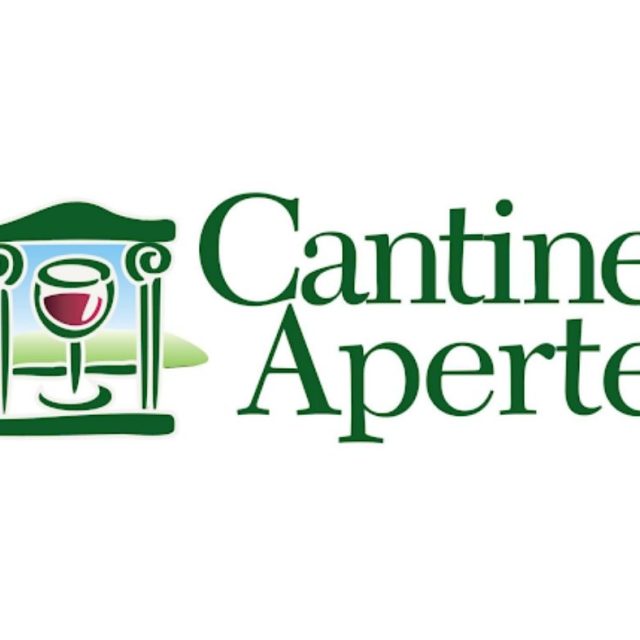
The annual Open Cellars – Cantine Aperte will be held as an online event this year, due to Covid-19. You’ll have the chance to visit Italian wineries without leaving your home. Wine-lovers will have the chance to join online wine tastings, make online toasts, etc. Join the event and use the hashtag #CantineAperteInsieme on your social media. Where: wineries around Italy When: 30-31 May 2020 Entrance Fee: free (online edition) For more events, visit this page.
Calici di Stelle 2020
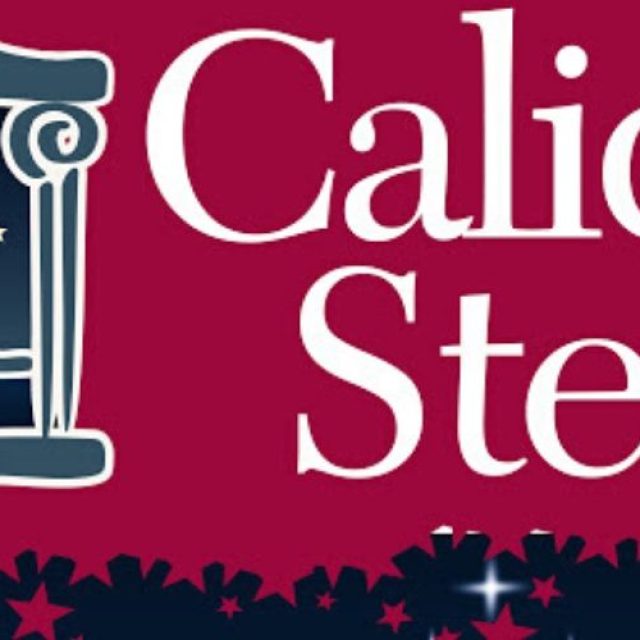
Calici di Stelle 2020: every year in town squares and wineries all over Italy on August 10, the night of the shooting stars, wine lovers raise their glasses for the most-anticipated toast of the summer. Movimento Turismo del Vino and Città del Vino, the association of Italian winemaking cities, unite to give life to an event that revolves around a myriad of events all the way from the Val d’Aosta to Sicily. Wine and cultural offerings together with the magic of the territories under the stars make for a winning combination during the event in a formula that unites the philosophy of good drink, shows, design and art. See you around Calici di Stelle 2020!

Earthy wine with hints of gym socks
Eeewwwwww!!! If this is an earthy wine with hints

5 tips on how to save money when buying wine
Would you like to know how to save money when buyi







